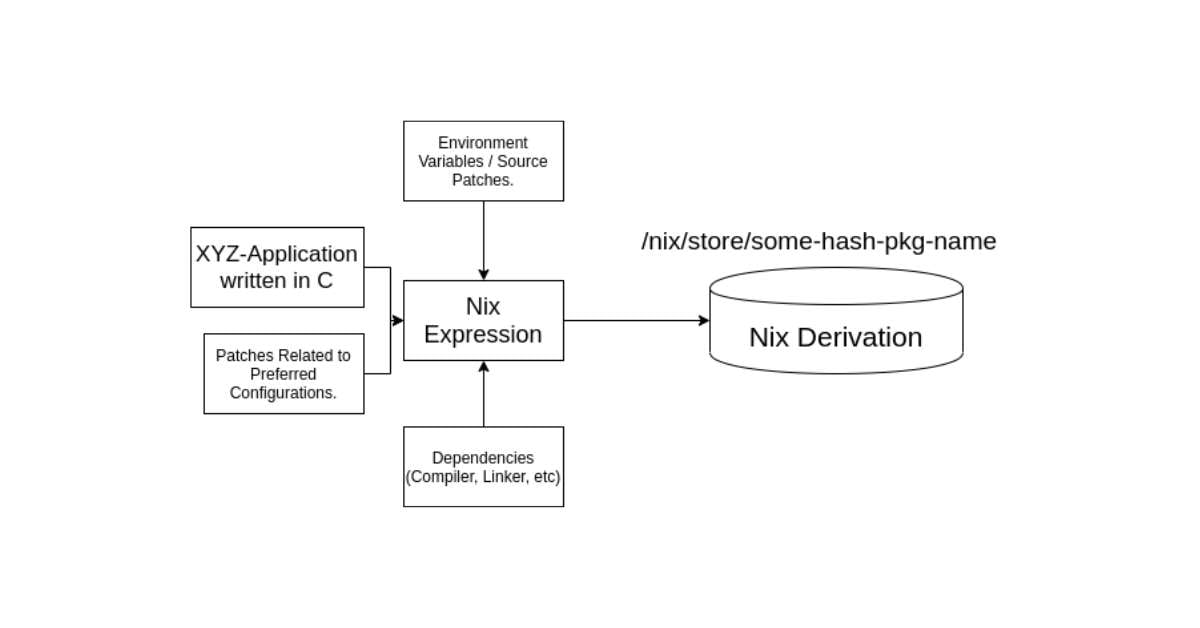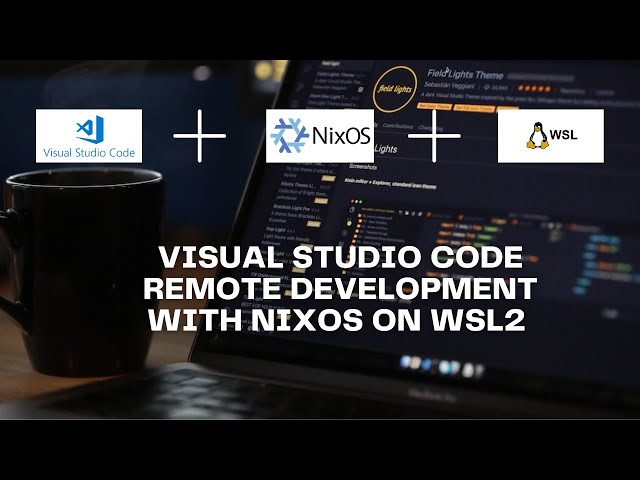The Unseen Forces Driving the Evolution of NixOS
As enthusiasts of the NixOS ecosystem, it’s fascinating to observe the rapid development of our community and the impact of new tools and features on our everyday workflows. For many of us, NixOS represents not just a means to achieve a finely-tuned operating system for development but a philosophy that challenges conventional paradigms in system management. This sentiment is increasingly important as the tech landscape shifts to embrace more modular, reproducible environments.
Navigating the Unique Advantages of NixOS
One of the standout features of NixOS is its incredible ability to manage dependencies in a way that ensures reproducibility. Unlike traditional package managers, Nix allows users to maintain multiple versions of the same package without conflict, a feature that I often find crucial in my projects. Imagine handling a web application that requires an outdated version of a library while needing a newer one for another project. With NixOS, this is a breeze, as the isolation provided by the Nix package manager acts as a safety net.
Visualizing the strengths of NixOS against traditional OS struggles.
In my own experience, adopting NixOS has profoundly improved my productivity. For instance, I recently transitioned a personal project aimed at streamlining CI/CD processes by using Nix to handle all dependencies. What normally would take hours to set up became a matter of minutes, unveiling an environment that’s both clean and efficient.
The Community: Fueling Innovation
At the heart of NixOS is its vibrant community—an eclectic group of thinkers pushing the boundaries of what NixOS can achieve. They continuously share insights through forums, GitHub discussions, and even local meetups worldwide. I cannot stress enough how invaluable this is; I’ve often turned to community projects for inspiration, which often lead me down new paths in my programming ventures.
Furthermore, community contributions in the form of packages and modules have made it easier than ever to leverage Nix for diverse applications. The sheer number of available modules means that one can swiftly bootstrap new environments without reinventing the wheel each time.
“The true power of NixOS lies not in the technology alone, but in the collaborative spirit of its community.”
This sentiment resonates deeply with me. I recall attending a virtual conference where contributors shared innovative approaches to package management—ideas that are now integral to my setup.
Challenges to Overcome
Of course, no system is without its challenges. NixOS does have a steep learning curve that can baffle newcomers. I remember my early days of tinkering with its configuration files—trying to understand the syntax felt like deciphering an ancient language. However, each stumbling block made the eventual mastery all the more rewarding.
Moreover, as NixOS expands, the balancing act between maintaining a stable core and introducing experimental features becomes crucial. Recent advancements in the build process have shown promise, but they also raise questions around stability and documentation.
Exploring the development environment within NixOS.
The Future: What Lies Ahead
Looking forward, I see NixOS continuing to evolve with the tech landscape. As more developers recognize its potential, I anticipate an influx of diverse thought and innovative applications. The rise of DevOps practices and the demand for immutable infrastructures are aligning crucially with what NixOS offers. In fact, many organizations are starting to adopt Nix for containerized workloads, realizing that managing software supply chains effectively has never been more pertinent.
In closing, NixOS not only simplifies the development process for individuals but also fosters a broader mindset shift within IT practices. I am excited to continue documenting my journey with NixOS as it relates to a future that is both hopeful and ever-changing.
Embracing the NixOS way isn’t just about one particular Linux distribution. It’s about a larger philosophy that celebrates modularity, reproducibility, and the community-driven approach standing at its center. Are you ready to dive deeper into this innovative realm? Let’s keep pushing the boundaries together.


 Photo by
Photo by 










